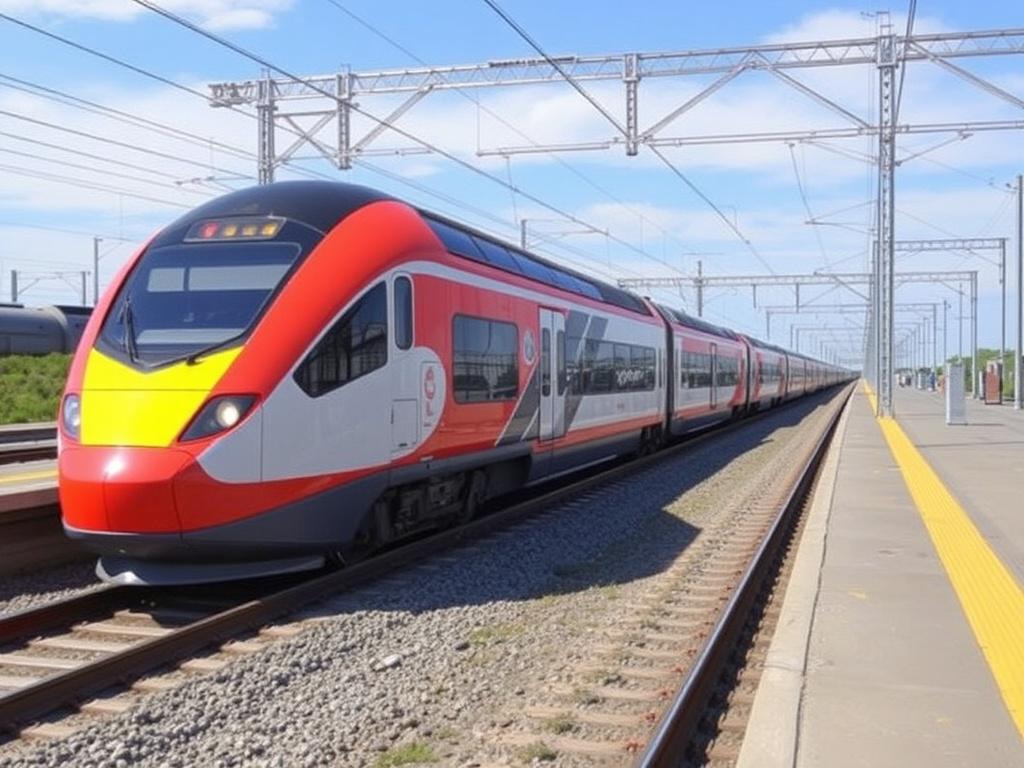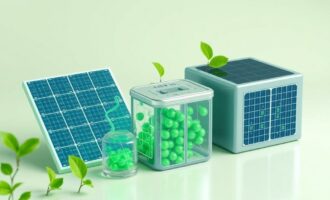- Understanding Hydrogen-Powered Trains
- How Does a Hydrogen Fuel Cell Work?
- Why Hydrogen-Powered Trains Matter
- Benefits of Hydrogen Trains
- Who’s Leading the Hydrogen Train Revolution?
- Germany: Innovator and Pioneer
- Japan: A Technological Powerhouse
- Other Key Players in the Race
- Challenges Holding Back Hydrogen Trains
- Cost and Infrastructure
- Hydrogen Production and Sustainability
- Storage and Safety Concerns
- Range and Performance Limitations
- What the Future Holds for Hydrogen Trains
- Potential Applications and Expansion
- Collaboration and Innovation
- Summary of Leading Hydrogen Train Technologies
- Conclusion
Hydrogen-powered trains are quickly emerging as a promising solution to some of the biggest challenges facing the rail industry today. With increasing pressure to reduce carbon emissions and shift towards sustainable energy sources, many countries and companies are investing heavily in hydrogen technology for their rail networks. But the question remains: who is really leading the race in this exciting frontier? In this article, we will dive into the world of hydrogen-powered trains, explore the technology behind them, and highlight the key players and countries making significant strides. Along the way, we’ll discover how these trains work, the advantages they offer, and the challenges that must still be overcome.
Understanding Hydrogen-Powered Trains
Hydrogen-powered trains operate using fuel cells that convert hydrogen gas into electricity, which then powers electric motors in the train. Unlike traditional diesel-powered trains, hydrogen trains produce zero direct emissions, only water vapor and heat as byproducts. This is a huge step forward for sustainable transportation because the rail sector has long depended on fossil fuels, especially in regions where electrification of railways isn’t feasible or too costly.
The technology behind hydrogen trains combines fuel cells with battery systems, sometimes incorporating regenerative braking to further boost efficiency. The hydrogen is typically stored in pressurized tanks onboard the train, and refueling stations replenish these tanks much like a conventional fueling station might for diesel trains.
How Does a Hydrogen Fuel Cell Work?
To get a better understanding, let’s look at the inner workings of a hydrogen fuel cell. Here’s a simplified breakdown:
- Hydrogen gas is fed into the anode side of the fuel cell.
- Using a catalyst, hydrogen molecules split into protons and electrons.
- Electrons are forced through an external circuit to do electrical work (powering the train’s motors).
- Protons travel through an electrolyte membrane to the cathode side.
- Oxygen from the air combines with electrons and protons at the cathode to form water vapor.
This electrochemical process is clean and efficient, and because the only byproduct is water vapor, it aligns perfectly with the goals of reducing greenhouse gas emissions in transportation.
Why Hydrogen-Powered Trains Matter
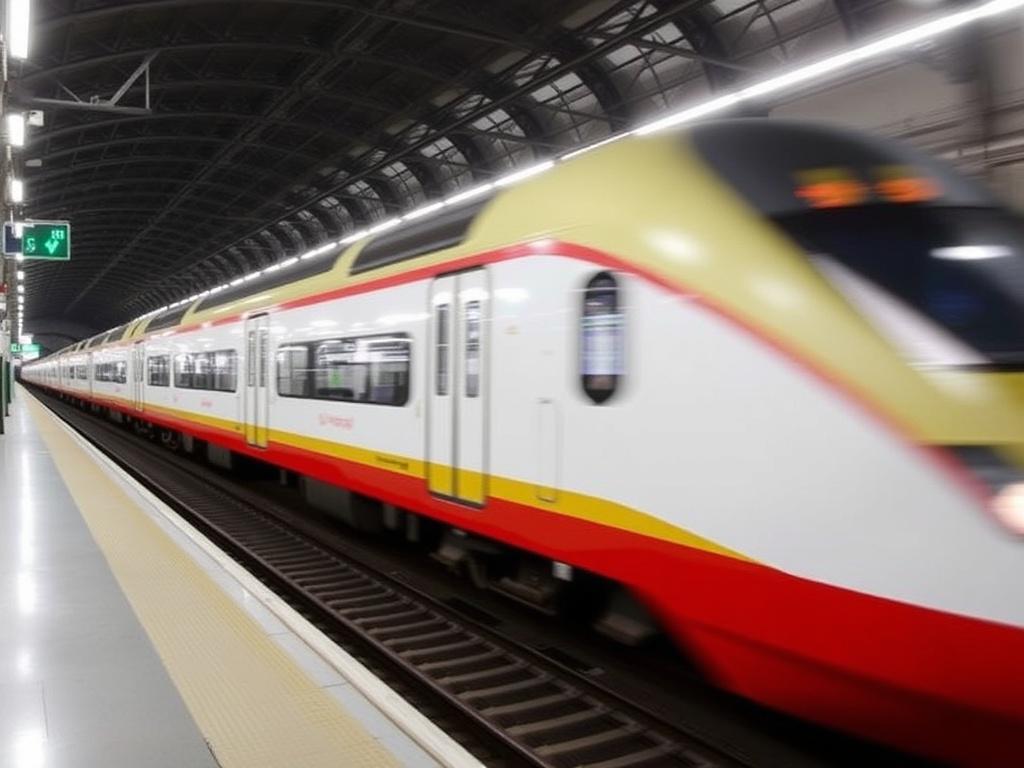
Rail transport is already one of the most efficient and environmentally friendly ways to move people and goods, especially when compared to road vehicles or airplanes. However, many rail lines, particularly in remote or mountainous areas, remain non-electrified and primarily run on diesel engines. Electrification projects are costly, and in some terrains or regions, not practical.
This is where hydrogen-powered trains come in. They promise the ability to run cleanly and efficiently with the flexibility of non-electrified tracks. By using hydrogen, rail operators can drastically reduce their carbon footprints and improve air quality along critical routes.
Benefits of Hydrogen Trains
| Benefit | Description |
|---|---|
| Zero Emissions | Produce only water vapor, cutting CO2 emissions and air pollutants. |
| Flexible Infrastructure | Can operate on non-electrified lines without costly overhead wiring. |
| Quiet Operation | Fuel cell trains are quieter than diesel engines, reducing noise pollution. |
| Renewable Fuel Source | Hydrogen can be produced from renewable energy, closing the carbon loop. |
Clearly, these advantages have attracted governments, rail operators, and manufacturers to explore hydrogen-powered trains seriously.
Who’s Leading the Hydrogen Train Revolution?
While hydrogen technology for trains is relatively new compared to other transport sectors, some countries and companies have taken early leadership roles. Let’s take a look at some of the main players pushing the boundaries:
Germany: Innovator and Pioneer
Germany has been at the forefront of hydrogen train development. The country’s biggest rail company, Deutsche Bahn, partnered with industry leaders to introduce the Coradia iLint, the world’s first commercially operational hydrogen-powered passenger train. Since its launch in 2018, the Coradia iLint has been running on regional lines, proving the viability of hydrogen trains in real-world conditions.
Key facts about Germany’s leadership:
- Deutsche Bahn operates multiple hydrogen trains in Lower Saxony and other regions.
- The Coradia iLint has a top speed of 140 km/h and a range of about 1000 km on a full hydrogen tank.
- Germany is investing heavily in building hydrogen production and refueling infrastructure alongside rail projects.
Germany’s example shows how early adoption paired with supportive policies can accelerate green technology in transportation.
Japan: A Technological Powerhouse
Japan has long been a global leader in both rail technology and hydrogen fuel cells. Japanese train manufacturers like JR East and Kawasaki Heavy Industries have developed hydrogen-powered train prototypes and closely collaborated on hydrogen production and fueling solutions.
Highlights of Japan’s hydrogen train initiatives:
- In 2022, JR East conducted successful trials of hydrogen trains on rural lines.
- Japan focuses on integrating hydrogen trains with hydrogen refueling stations powered by renewable energy.
- Japanese companies emphasize safety and reliability testing to prepare for commercial deployment.
Japan’s experience with high-speed rail and advanced manufacturing gives it an edge in refining hydrogen train technology.
Other Key Players in the Race
While Germany and Japan are the frontrunners, several other countries and companies are also making significant progress:
| Country/Company | Key Initiatives |
|---|---|
| United Kingdom | Launching hydrogen train pilots with Alstom’s trains on non-electrified routes; aiming for full fleets by 2030. |
| France | Alstom, headquartered in France, leads manufacturing of hydrogen trains globally. |
| Canada | Exploring hydrogen trains for remote freight transport and tourist lines. |
| Netherlands | Testing hydrogen trains on regional routes and developing refueling infrastructure. |
Each of these nations, along with their rail operators and manufacturers, contributes to building a global momentum behind hydrogen-powered trains.
Challenges Holding Back Hydrogen Trains
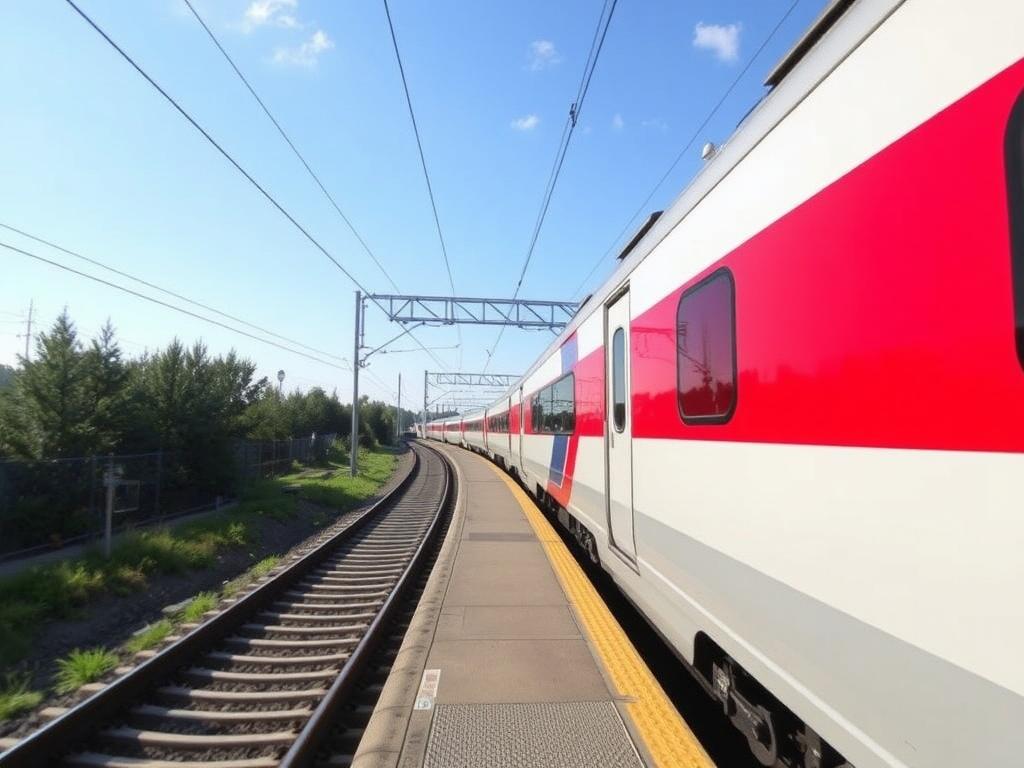
Despite the clear benefits and technological promise, several challenges remain before hydrogen trains can become mainstream. Understanding these obstacles provides a fuller picture of the race and what needs to happen next.
Cost and Infrastructure
Building hydrogen fueling infrastructure is expensive and complex. Unlike electric charging networks, which can leverage existing grid infrastructure, clean hydrogen production and distribution require significant upfront investments and careful planning. Rail operators and governments must balance these costs against long-term sustainability goals.
Hydrogen Production and Sustainability
While hydrogen trains themselves emit no pollutants, the way hydrogen is produced significantly affects their environmental impact. Currently, a majority of hydrogen worldwide is derived from natural gas in a process called steam methane reforming, which emits CO2. For hydrogen trains to be truly green, the hydrogen must come from renewable sources, such as electrolysis powered by wind or solar energy.
Storage and Safety Concerns
Hydrogen, being a very light and highly flammable gas, poses unique storage and safety challenges. Onboard storage tanks must be robust and carefully maintained. Moreover, creating safe and efficient refueling stations along rail networks demands stringent safety standards and engineering innovations.
Range and Performance Limitations
Although hydrogen trains have greatly improved in range and speed, they still face some limitations compared to diesel or electric trains on highly demanding routes. Ensuring reliable performance over long distances and varying climates remains a development priority.
What the Future Holds for Hydrogen Trains
The future of hydrogen-powered trains looks promising, with a growing number of pilot projects and investments worldwide. As green hydrogen production scales up and infrastructure matures, the cost of hydrogen train operations is expected to decline, making them a competitive option for many rail networks.
Governments are increasingly recognizing the role hydrogen trains can play in their zero-emission targets. Incentives, subsidies, and regulatory support will be key to accelerating adoption. Meanwhile, manufacturers continue to refine fuel cell technology, aiming for lighter, more efficient systems with higher energy densities.
Potential Applications and Expansion
Hydrogen trains are particularly well-suited for:
- Non-electrified rural and regional routes.
- Lines in environmentally sensitive areas where emissions must be minimized.
- Tourist and heritage railways seeking modern green options.
- Freight transport where electric overhead wiring is impractical.
Their deployment could transform rail transport globally, especially in countries with ambitious climate goals but challenging geography.
Collaboration and Innovation
International collaboration between governments, rail companies, and technology providers will play a vital role in the hydrogen train revolution. Shared expertise, pilot data, and harmonized standards can speed up innovation and cost reduction. Moreover, integration with other green energy initiatives—such as solar-powered hydrogen production or renewable energy-powered electrolyzers—will maximize environmental benefits.
Summary of Leading Hydrogen Train Technologies
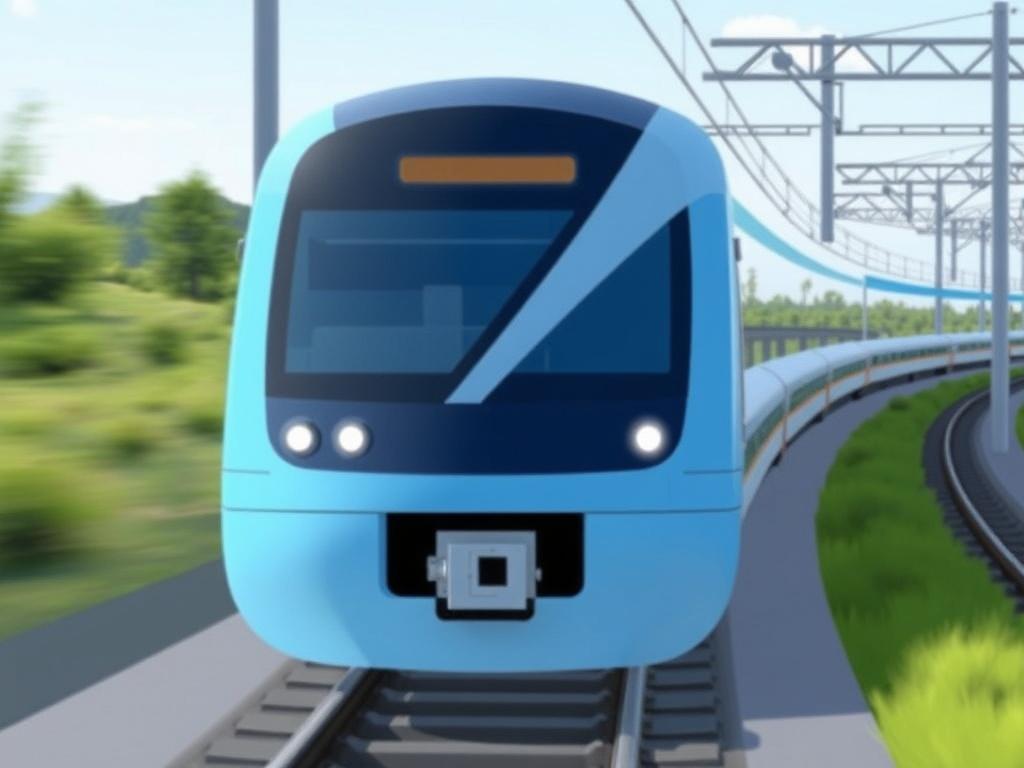
To help visualize the key features and performance metrics of notable hydrogen train models currently in development or operation, here’s a comparison table:
| Train Model | Manufacturer | Top Speed | Range (km) | Passenger Capacity | Operational Status |
|---|---|---|---|---|---|
| Coradia iLint | Alstom (Germany/France) | 140 km/h | 1000+ | 150-180 | Operating commercially |
| HYBARI | Kawasaki Heavy Industries (Japan) | 100 km/h | 1400+ | 150 | Testing and trials |
| Hydrogen Train Prototype | Hitachi (UK) | 120 km/h | Depending on configuration | Varies | Pilot projects ongoing |
This snapshot emphasizes the rapid progress in this sector, with improvements in speed, range, and passenger capacity steadily advancing.
Conclusion
Hydrogen-powered trains stand at the exciting intersection of technology, sustainability, and transport innovation. Countries like Germany and Japan have taken bold steps, showcasing how hydrogen fuel cell trains can operate reliably and cleanly on non-electrified lines, while many others are entering the race with pilot projects and ambitious plans. Despite current challenges around infrastructure, cost, and hydrogen production methods, the future looks bright for hydrogen-powered rail. With continued innovation, international collaboration, and growing policy support, these trains could revolutionize regional and rural rail travel worldwide—offering a powerful pathway to greener transport and a cleaner planet. The race is on, and hydrogen-powered trains might just change the rails as we know them.
Как вам статья?

